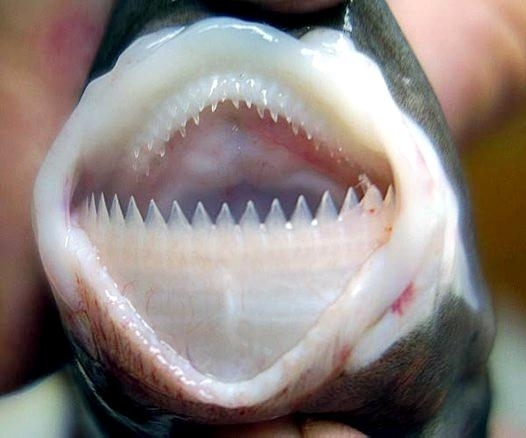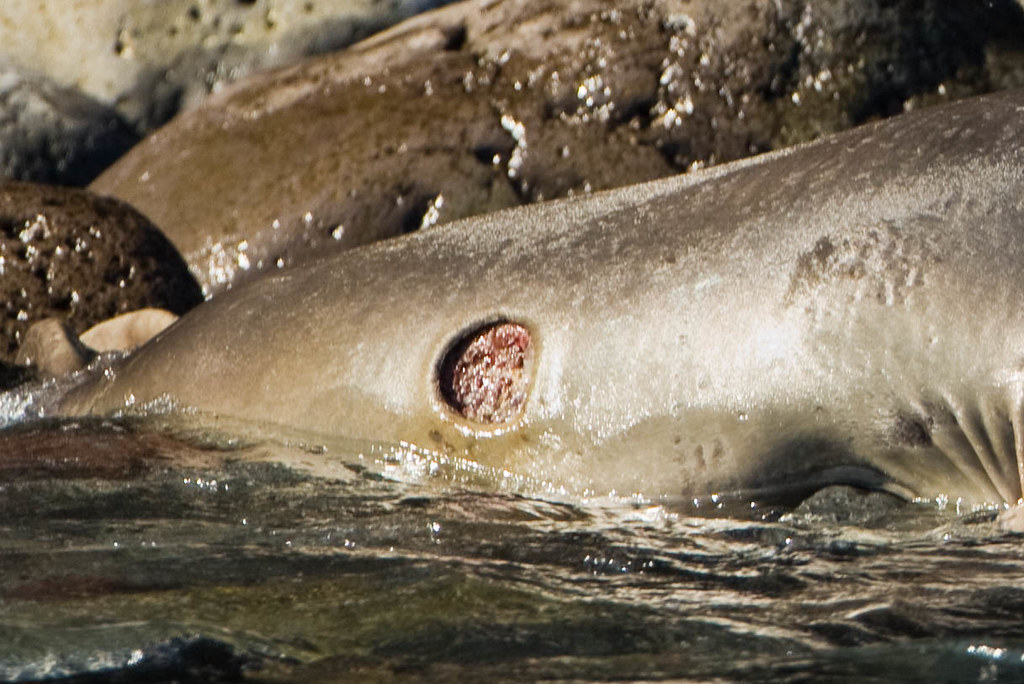


”Parasitism is a relationship in which one organism benefits and the other organism is harmed, but not always killed. ”The cookiecutter shark is a parasite, meaning it feeds off larger animals, without killing them.” Their ecological relationship is parasitism. Here are some more sources that describe vampire bats as parasites. That's an awful lot of talk about host-parasite interactions for a paper that isn't about a parasitic organism.

However, host-parasite co-occurrence may not necessarily yield information on parasite preference, if a visit to 1 host group goes unnoticed, as is the case in vampire bats and their natural hosts. Previously, the host-specificity of parasites was inferred from the frequency of host-parasite co-occurrence. In situations in which a parasite chooses between host organisms of C3 and C4 food webs, the isotopic signature of the parasite may indicate its strength of association with a food web and also with specific hosts. rotundus in a habitat that offers both livestock and native rainforest mammals as potential hosts. It parasitizes mostly large and medium-sized terrestrial mammals (Mayen 2003 Schmidt 1995). An extinct species (Megaladon) is extantĭid you even read it? The introduction isn't very long at all, and yet:ĭesmodus rotundus (Desmodontinae Phyllostomidae Chiroptera) is the most specialized bat of the Neotropics, being exclusively dependent on blood for its survival (Goodwin and Greenhall 1961 review in Fenton 1992).Photos that exhibit sharks in unnatural environments.DO NOT submit posts or comments that PROMOTE or ADVERTISE the following:.In a lifetime, you are more likely to die from fireworks, lightning, drowning, a car accident, stroke, or heart disease.įor every human killed by a shark, humans kill approximately two million sharks. If you're incredibly lucky 1 in 11.5 million are the odds of a shark attack, and 1 in 264.1 million to die by a shark. There are more than 470 species of sharks split across thirteen orders, including four orders of sharks that have gone extinctįossil records indicate that ancestors of modern sharks existed over ~ 420 million years ago, making them older than Dinosaurs! (~240 million years ago) Contrary to popular myths they do get cancer. Sharks belong to the class Chondrichthyes meaning they have skeletons made of cartilage. Not feared, disregarded, and poached to extinction. Sharks should be appreciated, understood, and respected. Pretty much anything relevant so long as it abides by our few rules. The body is a dark brown color with lighter counter shading on the underside.A place for selachimorphaphiles to share discussion, experience, questions, photos, videos, research, original content, artwork, articles, and fashion. The caudal fin is wide with no visible ventral notch. The pelvic fin is the largest of the fins on the body. The second dorsal fin is a little bit larger than the first one. The two dorsal fins are placed near the end of the body. The pectoral fins are short and are four-sided. The lower teeth are larger, wider, and serrated, while the bases of the teeth are locked together to create a saw-like edge. The teeth in the upper jaw are narrow, small, straight, and have a smooth-edged cusp. The mouth is short and filled with 30 to 37 rows of teeth in the upper jaw and 25 to 31 rows of teeth in the lower jaw. Behind its eyes are large spiracles, which lead to its respiratory systems to enable them to breath. It has large, green, oval eyes that are placed forward on its head.
Cookie cutter sharks full#
At full maturity, it reaches a maximum length of 42cm for males and 56cm for females. The Cookiecutter shark is a small shark that has a long, cigar-shaped body with a rounded snout.


 0 kommentar(er)
0 kommentar(er)
